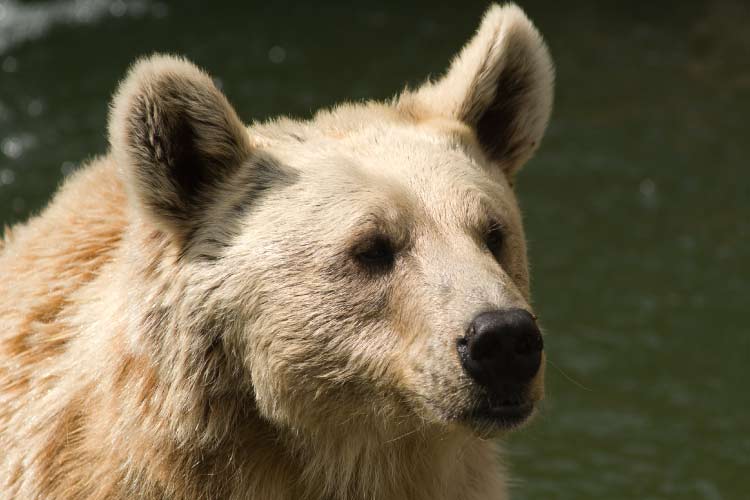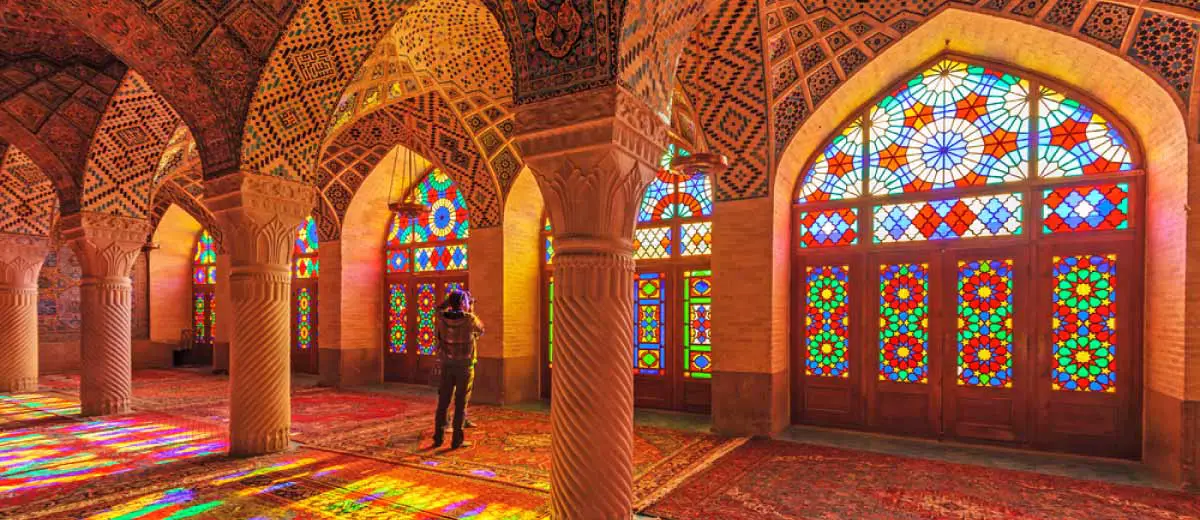Middle East
When faced with an opportunity to travel anywhere in the world, the Middle East is typically close to the bottom of many a traveller’s list of ideal destinations. Frankly, this trepidation is easy to understand. The region has been plagued with political unrest and warfare for several decades, and there appear to be no signs of things letting up anytime soon. Unfortunately, this reputation stops many tourists from visiting what is otherwise a fabulous region of the world to travel in. Countries such as Israel, Turkey, Qatar, the UAE, Jordan, and Iran offer an unparalleled glimpse into humanity’s history and uncrushable spirit.
Most historians claim that the civilizations in the Mesopotamia region of the Middle East were the first-ever established. In fact, the Sumer civilization that lived in the Middle East from 5500 to 4000 BCE is widely considered to have invented one of the first standardized language systems known to man, as well as organizing one of the earliest attempts at a government.
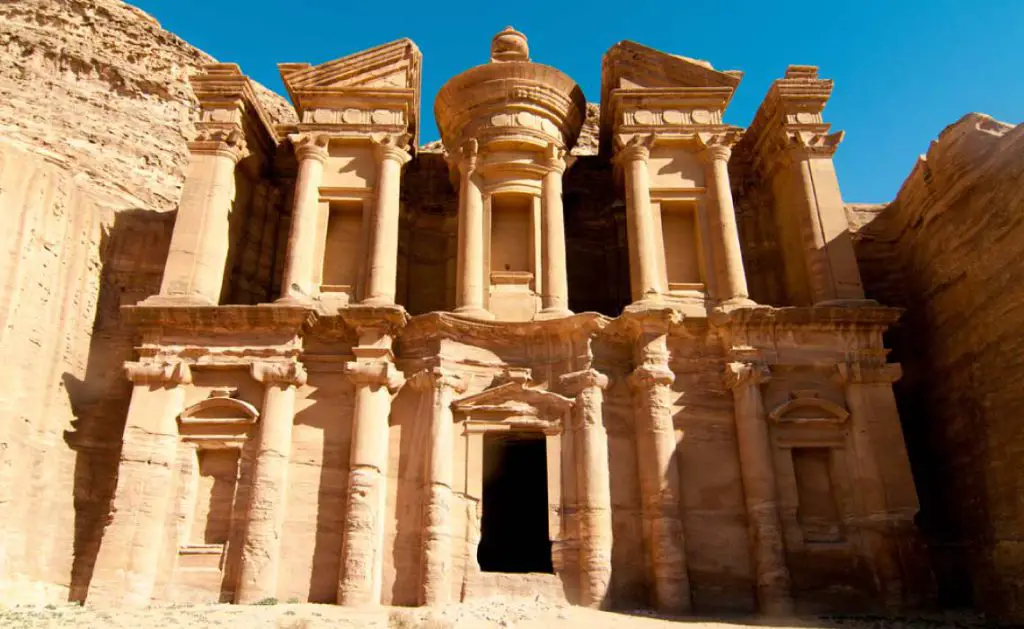
Due to its centralized location between Asia, Europe, and Africa, the Middle East has always been a hotspot for human activity. Over the next few thousand years, the region would become the birthplace of Christianity, Islam, and Judaism, all religions that still enjoy widespread popularity. As a matter of fact, religious tourism is likely the most popular reason to travel to the Middle East. Following the Industrial Revolutions of Europe and North America, the Middle East’s vast oil reserves brought both riches and further conflict to the region.
Today, the Middle East is a diverse melting pot of citizens from across the world. The region has a richer cultural and religious background than most any other area in the world. While travellers (especial Western travellers) definitely need to be cognizant of safety concerns in certain parts of the Middle East, by and large, the region is one of the most welcoming and interesting areas one could visit.
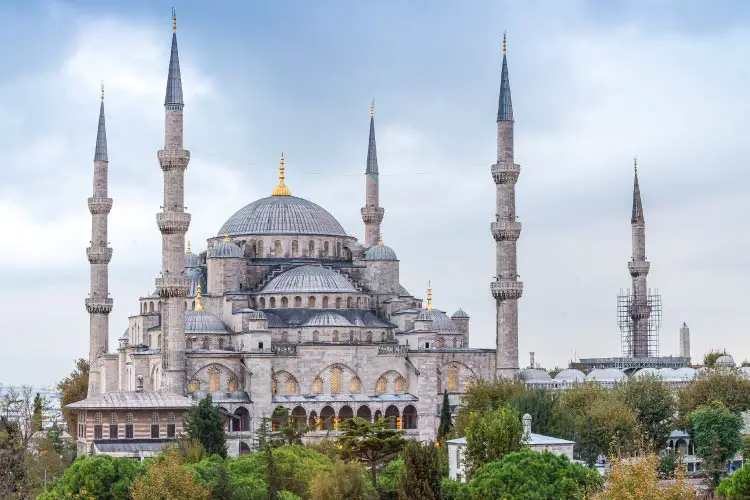
Middle East Highlights
Jerusalem
Like we’ve already said, religious tourism is one of the best reasons to travel to the region. The Middle East contains a number of holy cities, most notably Jerusalem and Mecca. Located in Israel, Jerusalem has been a contested holy city since first being established in the 4th millennia BCE. The Judaic, Christian, and Islamic religions are just three of many religious organizations that recognize Jerusalem’s importance. As a result, the city has been captured an astonishing number of times (most estimates put the number close to one hundred). The city has also been entirely destroyed twice. As one can imagine, constantly changing hands has permanently altered the cities complexion. Today, Jerusalem is a modern city that boasts emerging music and nightlife scenes, in addition to numerous monuments and historical sites.
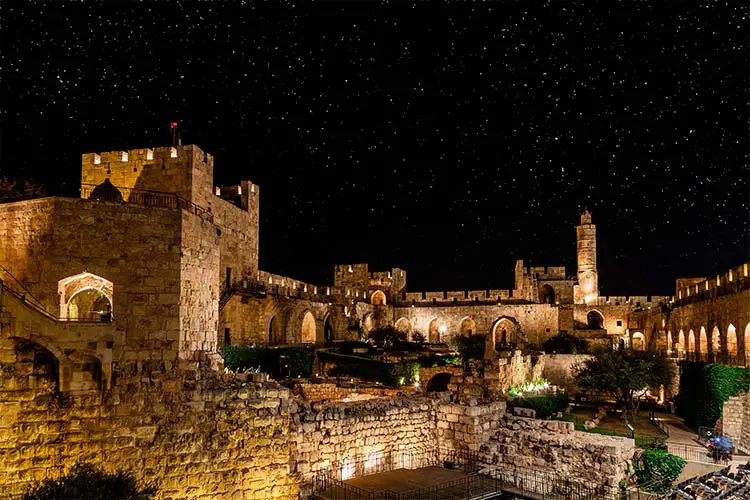
Mecca
Mecca, on the other hand, is traditionally recognized as an Islamic holy site. The city is located in Saudi Arabia, and was the birthplace of the prophet Muhammad. For this reason, a pilgrimage to Mecca is considered one of the pillars of the Muslim tradition. Fittingly, much of the tourism in Mecca is religiously oriented. However, the city’s constant influence of pilgrims has also acted as a foundation for the development of a rather unique culture. In particular, Mecca is also well known for its food, but we’ll leave that for the next section…
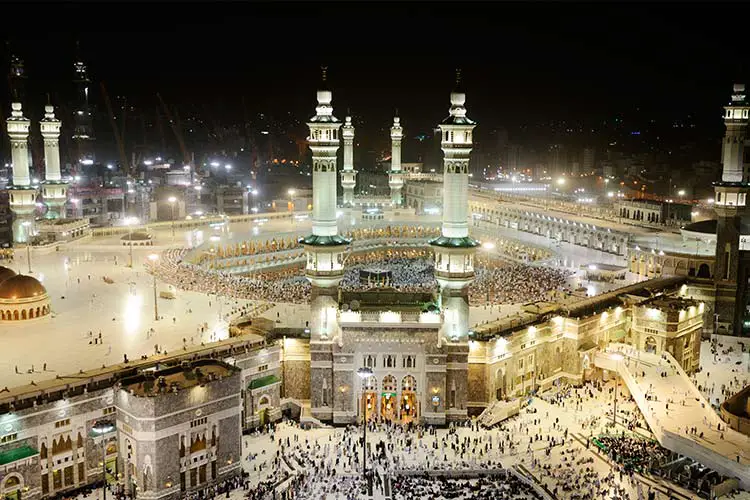
Middle Eastern Food
If you’re used to traditional Western or Mediterranean dishes, much of the food in the Middle East will seem quite exotic. This does not, however, make it any less delicious. Kebabs, kofta (meatballs), and shawarma (most similar to a flatbread sandwich) are all commonly found throughout the Middle East. Furthermore, the region has been highly globalized, and cuisines from around the world can be found in most of the major cities in Middle East.

Wildlife in the Middle East
Due to its centralized location, the wildlife one can find in the Middle East is quite diverse. Of particular note are the vast numbers of birds one can see in the region, many of which are endemic to the Middle East. Also of note are the large mammals. Although rare, one can come across leopards and bears in the more remote portions of the Middle East. Wildlife sighting in the Middle East is definitely one of the highlights of travel in this region.
